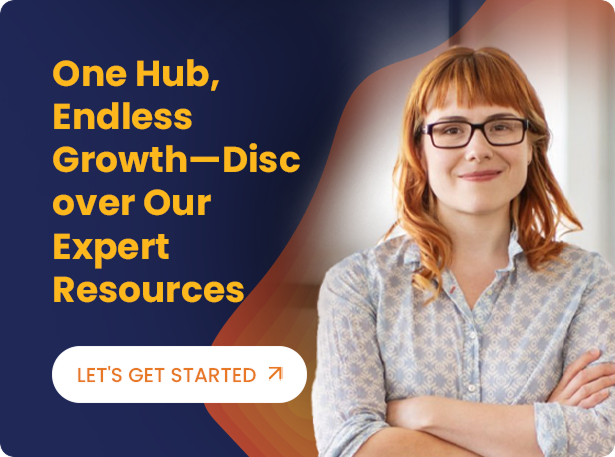It’s no secret that event marketing is highly effective. The practice of engaging people face-to-face during a social event yields rewards that more than justify the budget. Yet while it may seem simple on the outside – set up a booth; staff it with friendly, knowledgeable people; offer branded schwag – for your event marketing to truly have a lasting impact beyond the initial contact, you must carefully consider and plan the kind of content you employ.
Here are some of the types of content that you should definitely use to make your event a success:
1.Email
It may be tempting to think you can just show up at an event and start marketing to everyone who passes by, but that would be wasting a valuable resource. It’s likely that you have a contact list full of customers and potential customers. The wise play is to inform the people on this list well ahead of time that you plan to be present at an event. This is an opportunity to prime the pump; the first step in generating interest. Get your copywriters to tease your presence and purpose, but don’t simply state outright everything you’ll give or show.
“The idea is to engage the reader’s imagination enough for them to consider making the trip to see you.”
Remember to include specific details that will make it easy for people to find you, like booth location, date and time.
2.Video
It’s common to keep a looping video running throughout your time in the booth. However, it’s also common to engineer this video in such a way that it requires the viewer to pay close attention, including listening to its voiceover. First, if the event is typical, the show floor will be loud and chaotic, which doesn’t lend itself to successful close attention. If your video relies on clever or humorous spoken narration, such nuances will be lost. A good way around this is to simply display text in lieu of a voiceover, and for that text to be short and direct. Whether the focus is a straight recitation of your product or service’s features or more of an evocative, creative short piece, it’s always best to assume it will be fighting for attention with everything else in the building. When creating the video content itself, consider the goal. Do you want to communicate the value of your product or service? Do you want to build something that instead creates a mood, intended to drive the viewer to speak to a representative for more information? Remember, the true strength of your booth is the staff to whom potential customers may speak; they will close the sale, not your video.
3.Social Media
These days, your social presence is powerful enough to either help push your other efforts to victory or sink your entire strategy with a poorly-worded post.
“Make sure your team understands your overall strategy for the duration of the event and composes posts appropriately, including when to publish.”
Prior to the event, the messaging should be about your excitement to attend, not just for what you have to show, but for everything and everyone else who will be there. It’s not just about you; you are part of a larger community, and expressing your enthusiasm for inclusion will go a long way to positioning yourself as a trusted, non-biased source.
During the event, make sure to communicate the times and locations of specific presentations – both yours and those of other companies – with an invitation to the reader to be present. Post about what you’ve seen on the floor or at the stage shows. Give shout-outs to other companies and presenters by adding their handles to your messages; such inclusion sets you apart from the social presences of businesses who only promote themselves and demonstrates that you’re not just interested in making a sale.
After your event ends, do take the time to thank those who attended your booth or presentation and give your thoughts on the overall event itself. Remember that it’s not too early to post about your next event and start the cycle all over again.
Conclusion
It’s well worth the time it will take to conceive an event and the content marketing strategy to go with it. Your physical presence at a show will be bolstered by the content you create around it, which will strengthen your messaging.






